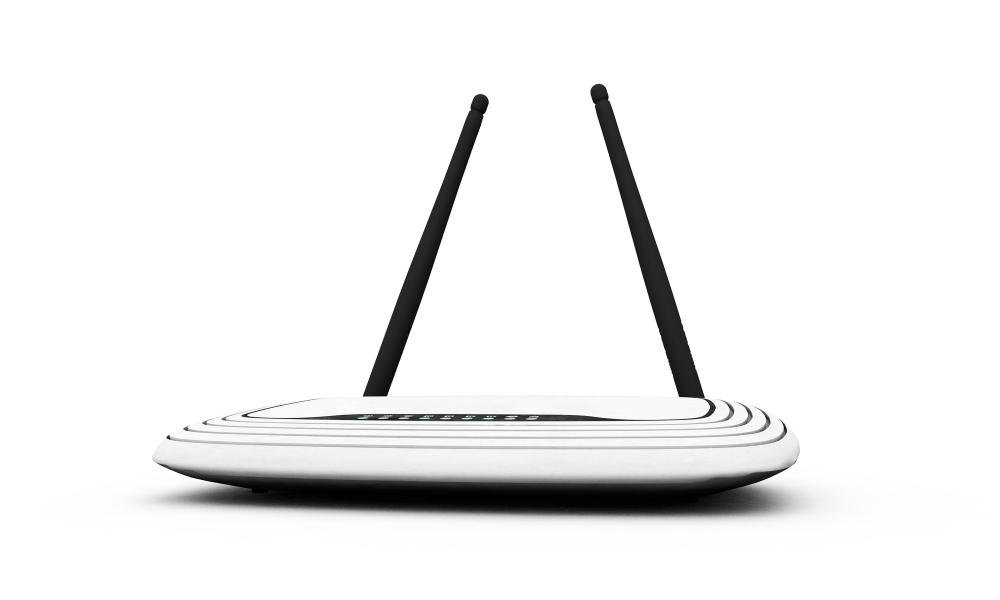The rise of smart home devices has transformed the way we live. From voice-activated assistants to smart thermostats, lights, and cameras, these devices rely on a strong and reliable Wi-Fi connection to function seamlessly. Setting up Wi-Fi for your smart home may seem daunting, but with the right steps, it can be simple and efficient. This guide will walk you through the process of setting up Wi-Fi for smart home devices, ensuring they work smoothly and securely.
Why Wi-Fi Is Critical for Smart Home Devices
Wi-Fi acts as the backbone of your smart home. It connects devices to each other and to the internet, enabling remote control, automation, and integration. Poor Wi-Fi setup can lead to slow responses, disconnections, or devices failing to operate altogether.
Step 1: Evaluate Your Wi-Fi Needs
Before setting up your smart home devices, assess your Wi-Fi requirements:
- Number of Devices: Smart homes often have multiple devices connected simultaneously, such as smart speakers, cameras, and lights. A robust network is essential.
- Coverage Area: Ensure your Wi-Fi reaches every corner of your home, especially areas where devices will be installed.
- Bandwidth Demand: Some devices, like security cameras, require high bandwidth. Plan your Wi-Fi to handle these demands.
Step 2: Choose the Right Wi-Fi Router
A quality router is crucial for a reliable smart home network. Look for the following features:
- Dual-Band or Tri-Band: These routers offer 2.4 GHz and 5 GHz frequencies, allowing you to connect devices based on their compatibility and needs.
- Wi-Fi 6 Technology: This latest standard offers faster speeds, better performance with multiple devices, and improved range.
- Quality of Service (QoS): Enables prioritization of specific devices or applications for smoother operation.
- Mesh Network Capability: For large homes, a mesh system can provide consistent coverage across all areas.
Step 3: Optimize Router Placement
The placement of your router significantly impacts signal strength. Follow these tips:
- Central Location: Place the router in a central area to ensure even coverage.
- Avoid Obstacles: Keep it away from walls, furniture, and appliances that may block the signal.
- Elevated Position: Place it on a shelf or table rather than the floor for better signal distribution.
Step 4: Set Up a Dedicated Network for Smart Devices
Creating a separate Wi-Fi network for your smart home devices enhances security and prevents interference with your primary network.
- Access your router’s admin panel (usually through
192.168.0.1or192.168.1.1). - Set up a guest network or a secondary SSID specifically for smart devices.
- Use a strong, unique password to protect this network.
Step 5: Connect Devices to the Right Frequency
Smart home devices typically operate on either 2.4 GHz or 5 GHz bands.
- 2.4 GHz: Offers longer range but slower speeds. Ideal for devices like smart bulbs and door sensors.
- 5 GHz: Provides faster speeds but shorter range. Suitable for bandwidth-heavy devices like security cameras.
- Ensure your router supports dual-band or tri-band capabilities for flexible connectivity.
Step 6: Configure Device Settings
Follow these steps to connect each smart home device to Wi-Fi:
- Download the Device App: Most smart home devices require a companion app for setup.
- Create an Account: Register an account on the app if needed.
- Connect to Wi-Fi: During setup, the app will prompt you to select a Wi-Fi network and enter the password.
- Complete the Setup: Once connected, customize settings like device names and automation preferences.
Step 7: Troubleshooting Common Issues
1. Device Fails to Connect
- Check if the device is compatible with your Wi-Fi band (2.4 GHz or 5 GHz).
- Ensure the password entered is correct.
2. Weak Signal
- Move the router closer to the device or consider adding a Wi-Fi extender.
- Switch to a mesh Wi-Fi system for better coverage.
3. Device Goes Offline
- Restart the device and router.
- Check for firmware updates on both the device and router.
Step 8: Enhance Security for Smart Home Devices
Smart devices can be vulnerable to cyberattacks if not secured properly. Follow these best practices:
- Use Strong Passwords: Create unique, complex passwords for each device and network.
- Enable WPA3 Encryption: WPA3 is the latest and most secure Wi-Fi encryption standard.
- Update Firmware: Regularly update device and router firmware to patch security vulnerabilities.
- Disable Remote Access: Turn off remote access for devices that don’t need it.
Step 9: Automate and Integrate Devices
Once your devices are connected, take full advantage of their capabilities:
- Create Routines: Use smart assistants like Alexa or Google Assistant to set up routines. For example, turn off lights and lock doors with a single voice command.
- Enable IFTTT (If This Then That): Integrate devices for advanced automation. For instance, if a motion sensor detects movement, it can turn on the lights.
Step 10: Monitor and Maintain Your Network
Regularly check your Wi-Fi network for optimal performance:
- Use apps like NetSpot or Wi-Fi Analyzer to identify weak spots.
- Disconnect unused devices to free up bandwidth.
- Restart your router periodically to refresh connections.
Future-Proofing Your Smart Home
1. Upgrade to Wi-Fi 6E
Wi-Fi 6E extends the capabilities of Wi-Fi 6 into the 6 GHz band, providing even more bandwidth and reduced interference.
2. Invest in a Smart Hub
A smart hub like Samsung SmartThings or Hubitat Elevation can centralize control of multiple devices, making integration smoother.
3. Consider Powerline Adapters
Powerline adapters use your home’s electrical wiring to provide internet to hard-to-reach areas, enhancing connectivity for smart devices.
Final Thoughts
Setting up Wi-Fi for smart home devices doesn’t have to be complicated. By understanding your network needs, choosing the right equipment, and following the steps outlined here, you can create a seamless and secure smart home experience. With proper setup, your smart devices will enhance convenience, security, and efficiency in your everyday life.







